- The idea of animating the carbon cycle (ACC) is relatively new. The concept champions the role that healthy populations of wild animals, both terrestrial and marine, can play in boosting the ability of ecosystems to store carbon, helping the planet stay within 1.5°C (2.7°F) of temperature rise over pre-industrial levels.
- But for ACC to be fully effective, humanity needs to preserve and protect intact nature. We also need to rebuild populations of wild animals, including apex predators such as wolves, large herds of herbivores, and invertebrates such as pollinators. By doing so we can help rebalance the functions of natural systems.
- ACC puts the spotlight on oceans too, and the role animals there can play in sequestering carbon. It calls for greater protection of the seas and marine life, allowing whale populations to grow, and protecting mesopelagic fish — the largest group of vertebrates on the planet — from overfishing.
- By looking at the bigger picture of animal-plant-ecosystem relationships, and based on the growing popularity of nature-based climate solutions, scientists believe that now is the time for the wider conservation and rewilding movements to embrace ACC to help animals fulfill their vital roles in the carbon cycle.
Animating the carbon cycle, or ACC, is a nature-based climate solution whose time in the limelight appears to have arrived. The concept focuses on the critical role wild animals can play in controlling carbon exchange between ecosystems and the atmosphere.
Some scientists even believe that bringing wildlife back to near-historical levels, in a whole range of terrestrial and marine habitats, could supercharge climate change mitigation, in what is seen as a radical departure from the scientific theories that previously held sway.
“Historically in ecosystem ecology, people said animals didn’t matter,” explains Oswald Schmitz, professor of population and community ecology at the Yale School of the Environment, who developed the ACC concept in 2010.
The thinking was, he continues, that “plants make habitats for animals, but animals aren’t abundant enough to impact the plants in any significant way … But it’s becoming obvious that that’s not true,” with creatures great and small, from wildebeests to wolves, spiders and whales to mesopelagic fish all important to the carbon cycle.
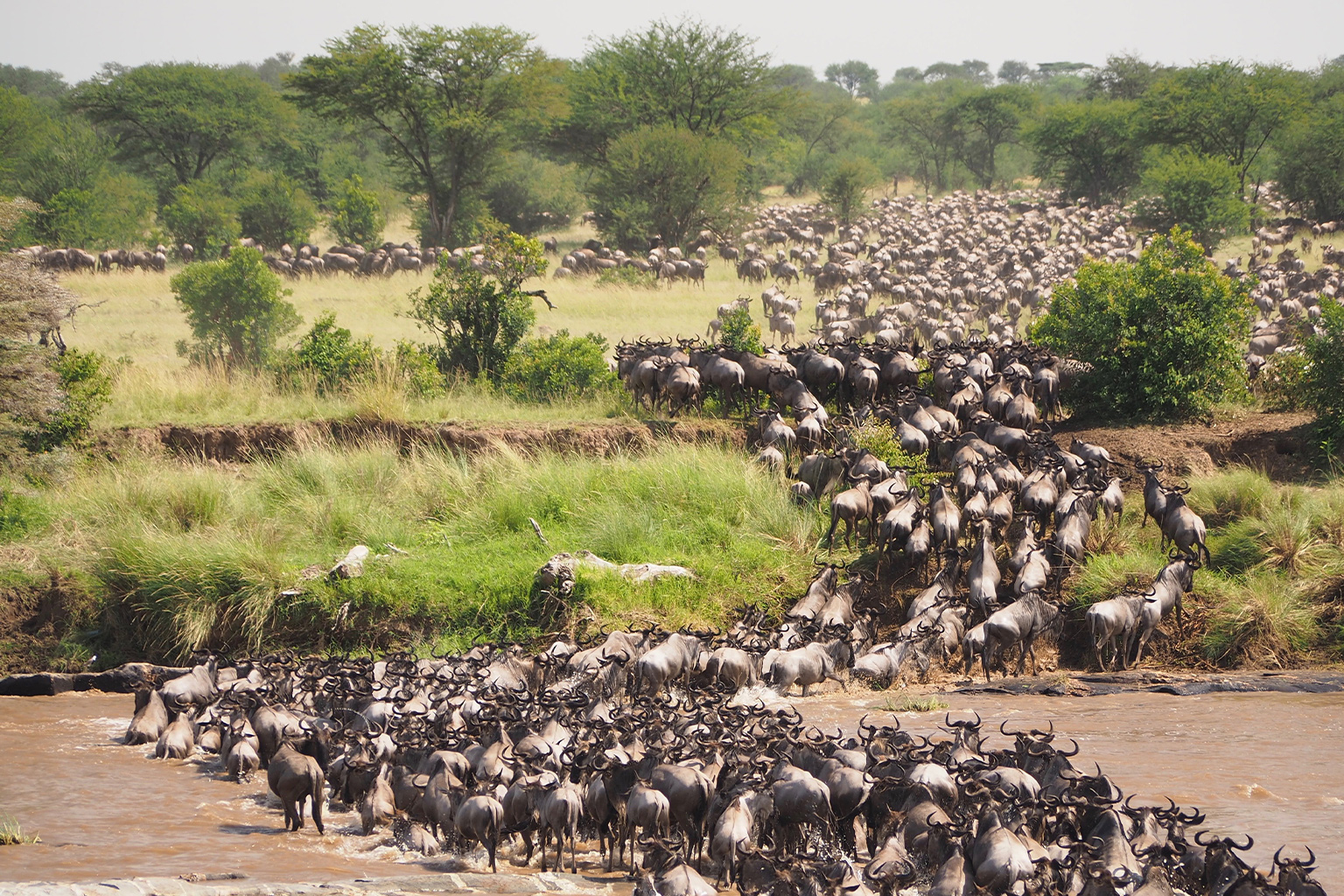
Evolving science
In the 1970s, climate researchers developed Earth System Modeling to assess planetary processes, concentrating primarily on the influence of the atmosphere and oceans on the carbon cycle and Earth’s climate. It wasn’t until the 1990s that more thought was given to the effect that vegetation could have in absorbing carbon and reflecting sunlight, although the potential role of animals remained overlooked.
A second discipline, ecosystem ecology, has traditionally been rooted in the primacy of plants over animals. But its specialists, too, began adopting a broader approach that looked at how ecosystems are shaped by bottom-up processes (such as the role of soil, nutrients and water), as well as the top-down effect of apex predators and large herbivores.
“The basic paradigm [has been] that animals are passive recipients of the bounty that plants provide,” explains Yadvinder Malhi, an ecosystem scientist from Oxford University and one of the authors of a recent paper on the role of large wild animals in climate change mitigation and adaptation. “This is partially because we are only beginning to understand and quantify the role that animals play.”
Scientists today are increasingly realizing that wildlife — ranging from tiny pollinators to tree-munching elephants — actively shape ecosystem structure and function, Malhi explains, influencing processes such as nutrient cycling, surface water loss and evaporation, as well as the nature and composition of the plant species that exist in a particular place. “Through all these influences they [animals] end up shaping the basic functioning of ecosystems from local to global scales,” says Malhi.
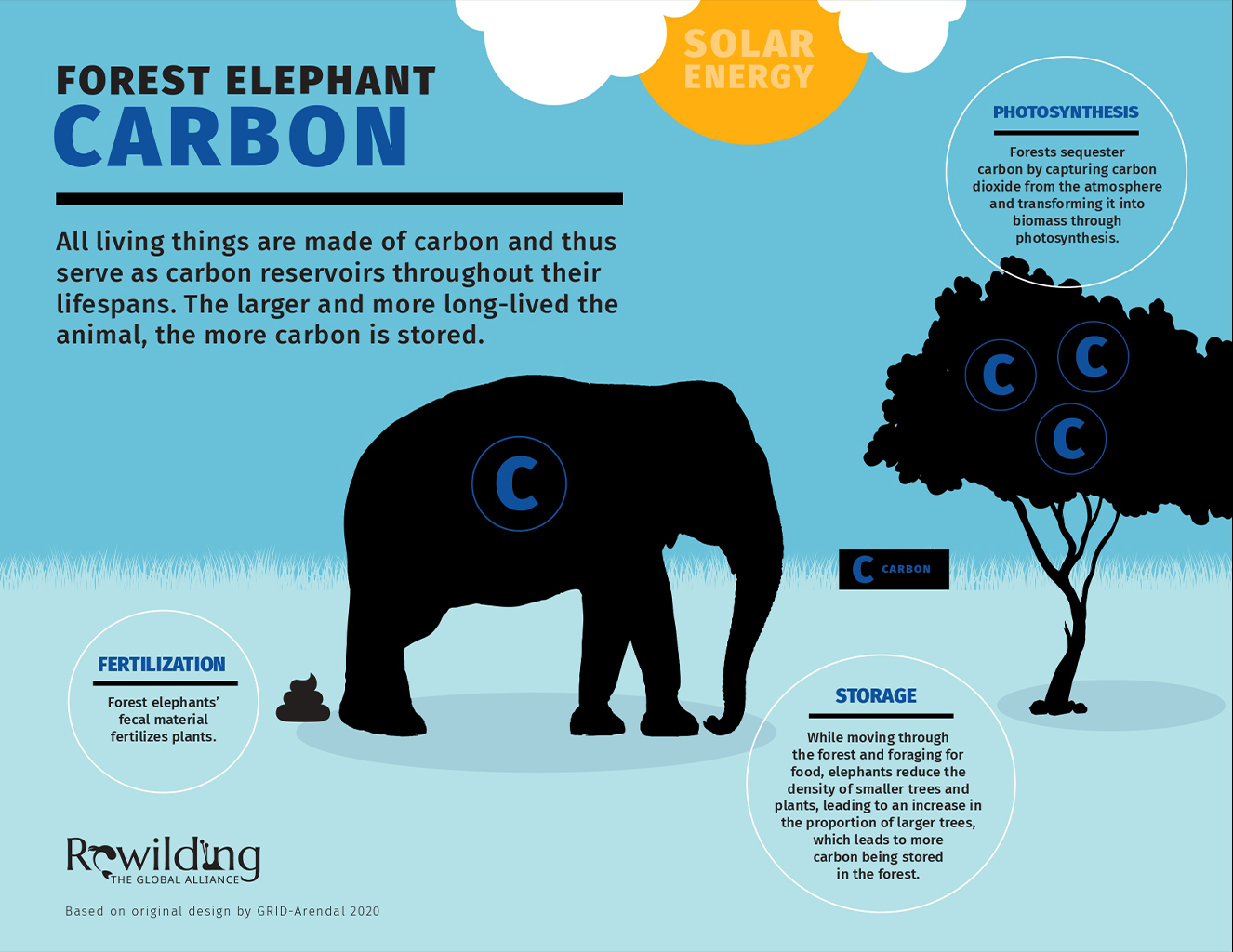
Recognizing the outsized role of animals
Initially, ACC can seem counterintuitive. How, for instance, can bringing back herbivores to historical levels help landscapes sequester carbon, when those same animal species eat much of the vegetation that stores and converts C02 in the first place?
But that’s a flawed assumption that Schmitz says fails to take into account the complexity of plant-animal relationship within ecosystems, and why he is now part of a group of more than 60 scientists, economists and conservation groups, including the Global Rewilding Alliance (GWA), a consortium of rewilding organizations and practitioners, who are looking to bring ACC into the mainstream.
The basics of ACC theory can be outlined briefly by looking at apex predators as an example: Carnivores, herbivores, plants and decomposers all interact in complex food webs, or trophic cascades, that help maintain living systems in balance. However, one of the symptoms of global biodiversity decline is trophic downgrading: the disproportionate loss of species occupying the higher trophic levels of ecosystems.
Apex predators, at the top of the food chain, despite their relatively small numbers, often have the greatest impact on shaping an ecosystem, explains Schmitz. They help retain a balance by keeping herbivores in check to prevent overgrazing — a mechanism at work in animals ranging from wolves hunting in North America’s boreal forests, to lions patrolling the African veldt.
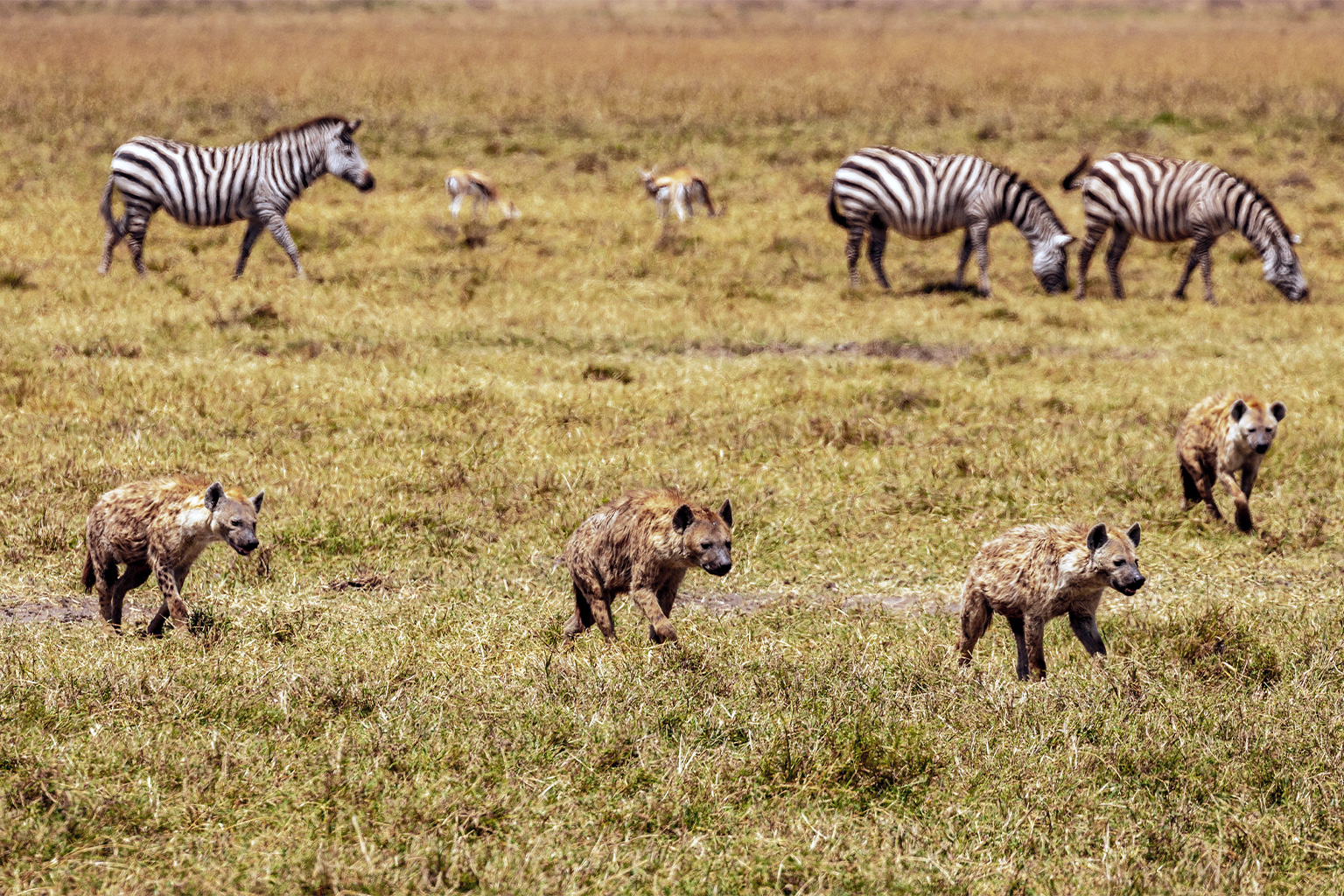
Lose carnivores, says Schmitz, and herbivore numbers explode, with a massive effect on plant life, altering carbon sequestration. “The discovery that animals have cascading effects on plants … led to the idea that these animals could also control the carbon cycle,” he notes.
But the most celebrated example of ACC in action doesn’t involve apex predators. It documents the carbon storage impact of the return of significant numbers of wildebeest to the Serengeti in the 1950s, after a vaccine was found for the deadly rinderpest virus. The animals transformed the savanna from a source of carbon emissions to a sink by grazing the landscape and turning combustible biomass — which posed a wildfire threat — into dung that rejuvenated the grassland.
Other herbivores inhabiting widely divergent biomes are also known to offer an assist in carbon storage, including reintroduced bison on the North American prairie, and Arctic musk oxen, which are trampling and grazing the tundra and helping prevent the release of the carbon stored in the permafrost.
Wolves and their influence on the carbon cycle
That’s the simple version of ACC, but in practice, animal-plant-carbon storage processes can be far more complex, with many predators having a complicated relationship with their ecosystems.
Take wolves, for example. They are a pivotal predator, but their effect on carbon sequestration can be very different depending on the environment in which they’re hunting. In the huge forests of North America, a 2016 report showed that by preying on plant-eating moose, wolves can boost carbon storage in vegetation and soil.
However, it’s not just predation that enhances this carbon-storing effect; the wolves’ very presence in a habitat can also help generate a “landscape of fear,” which changes moose foraging habits, causing them to be constantly on the move. This movement prevents areas from being overgrazed, gives shoots and saplings a chance to grow, increases forest biomass, and boosts carbon sequestration.
By extrapolating these results, the study estimates (with some caveats) that wolves could help increase carbon storage in the forests they inhabit by 99 billion metric tons a year.
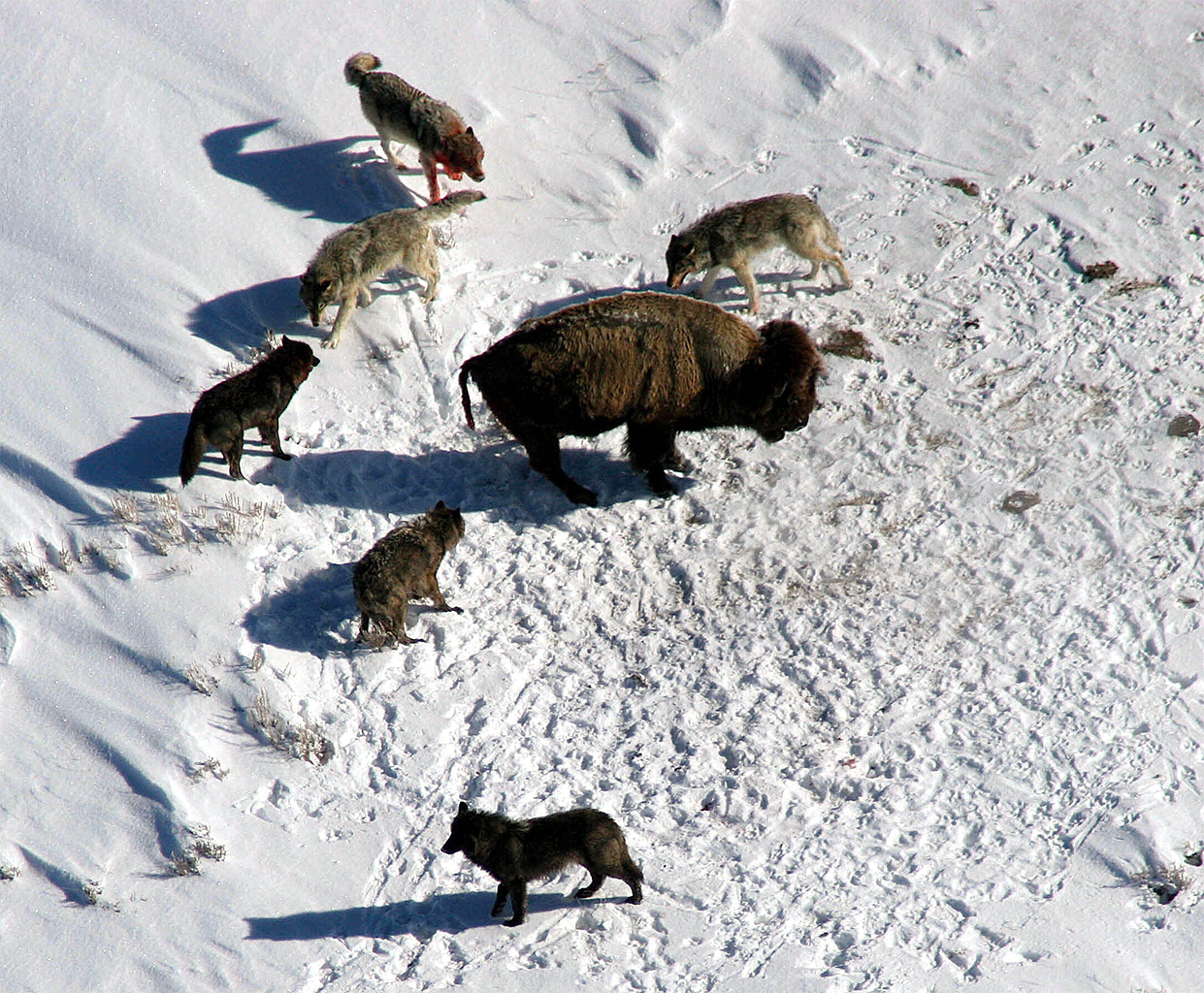
However, the situation on the North American grasslands, where wolves prey on elk, could be very different. Elk dung promotes healthy grasslands, and the same 2016 study suggests that their predation by wolves could lead to a loss of carbon storage of up to 30 million metric tons a year. Overall, however, the study shows that the net effect of wolves is an increase in carbon sequestration.
Though the research hasn’t been done, it’s worth conjecturing whether the historical slaughter of large numbers of big animals, such as wolves and bison, could have significantly diminished their biomes’ carbon-storing capacity.
Little predators with big carbon impacts
It’s not just megafauna that play a role in ACC. A 2017 study led by Schmitz shows how different predators, in this case two species of spiders, can influence ecosystem carbon storage by bringing about changes to grasshopper diets.
Where spiders with a “sit-and-wait” strategy were prevalent, the researchers found that grasshoppers preferred carbon-rich grasses that provided them with the energy they needed for increased encounters with predators, thereby reducing plant carbon storage. But when the dominant spider was a more active hunter, encounters were fewer, and grasshoppers fed on other grasses, allowing carbon-rich plant species to flourish. Researchers estimate that in the second scenario, the soil could retain twice as much carbon.
Other potential carbon-storing scenarios involve dingoes preying on kangaroos in South Australia to prevent overgrazing, and the reintroduction of leopards, wild dogs and spotted hyenas to Gorongosa National Park in Mozambique, where the extirpation of top predators has created a landscape where herbivores can graze without fear, degrading and destroying much carbon-storing vegetation.
The sea otter is another apex predator with a big influence on the plant world. It helps control sea urchins, which, if left unchecked, can devour whole kelp forests, one of the planet’s most effective carbon sinks. A 2012 study in North America found that kelp forests inhabited by sea otters can absorb 12 times more CO2 than those without.
The importance of fruit-eating animals like tapirs and howler monkeys in dispersing the seeds of high-carbon-density trees, and therefore improving the carbon-storing capacity of whole forests, has also been flagged as an important carbon sequestration mechanism by Schmitz.

Marine species with big ocean carbon effects
The potential of ACC to combat climate change becomes even more dramatic when the concept is applied to oceans, which cover 70% of the Earth’s surface and play a critical role in absorbing atmospheric C02.
The oceans’ so-called twilight zone, lying between 200 and 1,000 meters (650-3,300 feet) below the surface, constitutes around 20% of all seas by volume. It’s here where mesopelagic fish, the largest group of vertebrates on the planet, live. They constitute as much as 95% of all the fish in the ocean, and are estimated to weigh 10 billion metric tons in total, leading GWA co-director Magnus Sylven to describe their influence on the carbon cycle as a little-known planetary wonder.
Every night, this huge mass of fish migrates upward to feed near the ocean’s surface, eating tiny marine plants that grow there and thrive on CO2 from the atmosphere. After eating these carbon-rich plants, the fish return to deeper water to avoid daytime predators. By breathing and defecating across the ocean depths, these mesopelagic fish play a crucial role shuttling carbon into the deep sea, in a process called the biological pump. (Also, when they metabolize salt in the water, fish produce calcite, a rocky, carbon-rich mineral that sinks to the ocean floor, sequestering more carbon.)
Despite their importance, mesopelagic fish are poorly understood. Research from 2021 estimates that carbon in fish feces, respiration and other excretions makes up 16% of the total carbon that sinks below the ocean’s upper layers — roughly 1.5 billion metric tons annually.
But again, such biogeochemical processes are complex and multifaceted: While the ability of marine ecosystems to capture and store carbon has helped slowed the pace of global warming, the removal of that carbon from the atmosphere has also added to the acidification of the oceans, which can degrade and kill marine life.
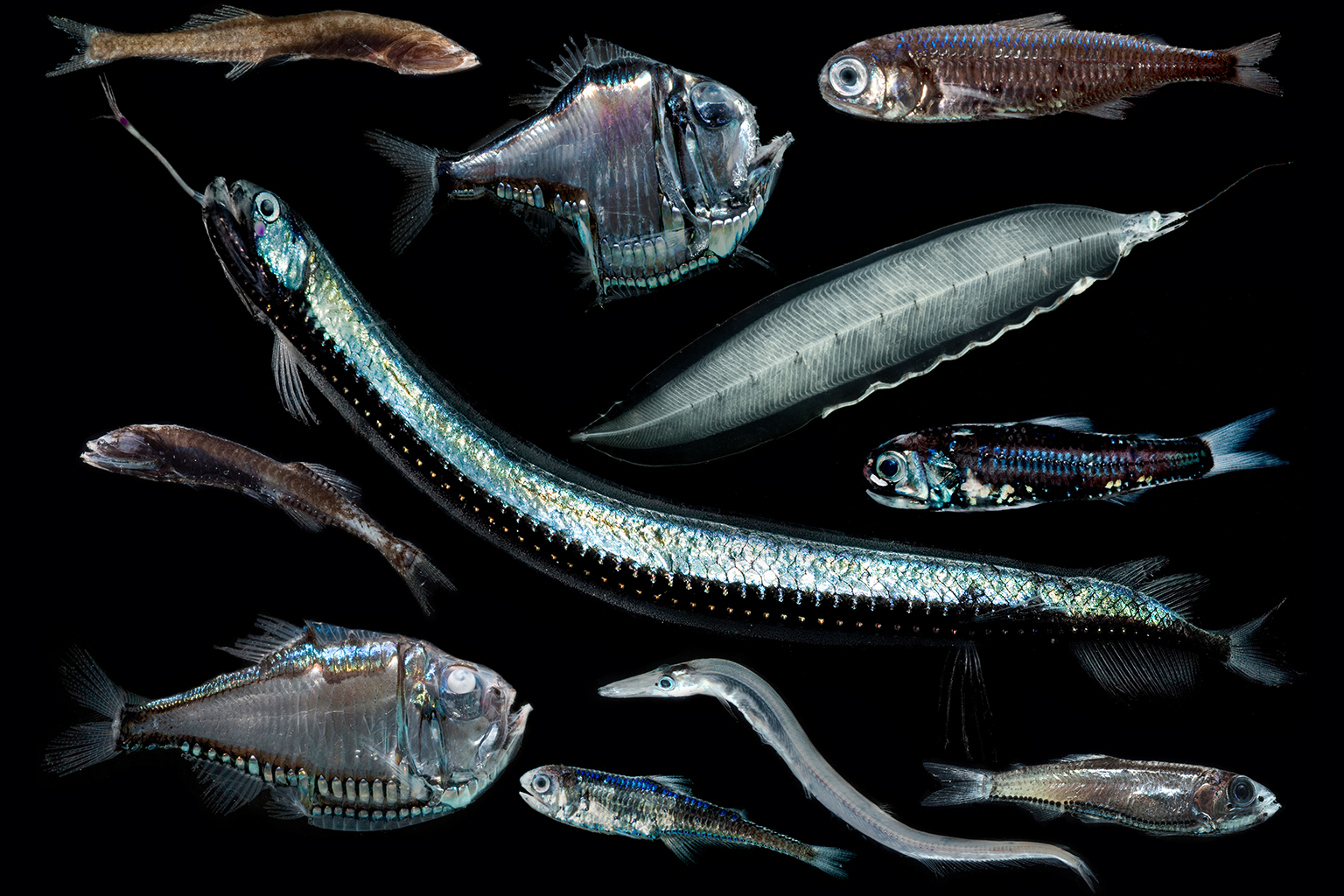
The fisheries threat to mesopelagic fish
Mesopelagic fish, as well as being bountiful, are small. So they’ve largely escaped the attention of the fishing industry to date. But Sylven fears this is changing, as the catch of mesopelagic fish increases, with most destined to be rendered into fish oil or meal. Some scientists fear that a crash in mesopelagic fish populations, brought on by overfishing, could risk putting the marine carbon biological pump at risk.
As a result, harvests may need to be carefully regulated. But with many of the most important areas inhabited by mesopelagic fish located outside national jurisdictions, Sylven is pinning his preservation hopes on a high sea treaty being developed by the U.N. Convention on the Law of the Sea (UNCLOS) to help protect the fish.
Last month, during the COP27 climate summit in Egypt, the GWA and the Blue Marine Foundation called for a global moratorium on mesopelagic fishing to prevent the exploitation of the deep sea and the twilight zone.
“Undermining their critical role in the global carbon cycle by turning the world’s fishing fleet upon them would be a catastrophic error,” the groups said in a statement.
“Oceans can often be overlooked when it comes to rewilding,” notes Sylven. “This is the last frontier… [it] needs to be saved from global fisheries … Sometimes mankind has to refrain from exploring every inch of the planet
“The protection of the mesopelagic zone from human exploitation is a must. It is one of the most cost-effective mechanisms available to mankind to solve the climate crisis,” he says.

Whales also play a remarkable role in enhancing the oceans’ ability to store carbon. By diving deep to eat krill and then returning to the surface to breathe and defecate, they bring dissolved nutrients, particularly iron and nitrogen, to the light zone, which makes up the first 25 m (82 ft) of the water column. These nutrients then boost the growth of phytoplankton and other marine plants, which use photosynthesis to remove carbon from the atmosphere. These near-surface vegetative blooms in turn feed the nightly visiting mesopelagic fish.
Researchers from the International Monetary Fund (IMF) estimate that a fully restored global whale population, boosted from the current level of 1.3 million animals to an estimated pre-industrial whaling total of between 4 million and 5 million, could support the sequestration of more than 1.5 billion metric tons of C02 every year.
“Bringing back keystone species that can really make a difference in rebuilding the functionally of systems” could make all sorts of animals important allies in combating climate change, says Sylven. But just as importantly, continuing to drastically reduce animal populations could add to global warming.

A new role for rewilding
Sylven is now looking to spread the word: He is urging members of the wider conservation movement to think more holistically, and believes that ACC can give heightened importance to global rewilding initiatives, adding carbon capture as a purpose for habitat restoration. “It’s about the interface between climate and biodiversity [and] one of the best opportunities we have for nature-based climate solutions,” he says.
Malhi agrees. “What is interesting now is that over the last five years these two different fields — one planetary [in scope] and one very much looking at local ecosystems — are beginning to wash over each other and interact … The innovation is that ecosystem ecology at the local scale is being shown to have global and planetary consequences.”
However, old paradigms die hard. The idea still prevails that carbon capture and storage, on the one hand, and wildlife conservation on the other, are unrelated, and even mutually exclusive, says Schmitz, and it remains a commonly held view that dedicating landscape space to conserve and enhance biodiversity can conflict with the allocation of land to sequester carbon.
However, the moment for a sea change may be here. Now, with the concept of nature-based solutions taking off, Schmitz is confident that more scientists will start looking at the bigger picture. “There is a feeling that the effect these animals can have is trivial [compared to a tropical forest],” he says, and that may be true when you look at one species in one location and the contribution it makes to carbon sequestration. But scale things up, he continues, and you get a truer picture of how these many small contributions collectively add up to impact the global carbon budget.
“We have to change our mindset, and not come up with this global home run solution, but think about more regional applications,” he says, with “everyone doing their part with the animals they have in their backyard.”
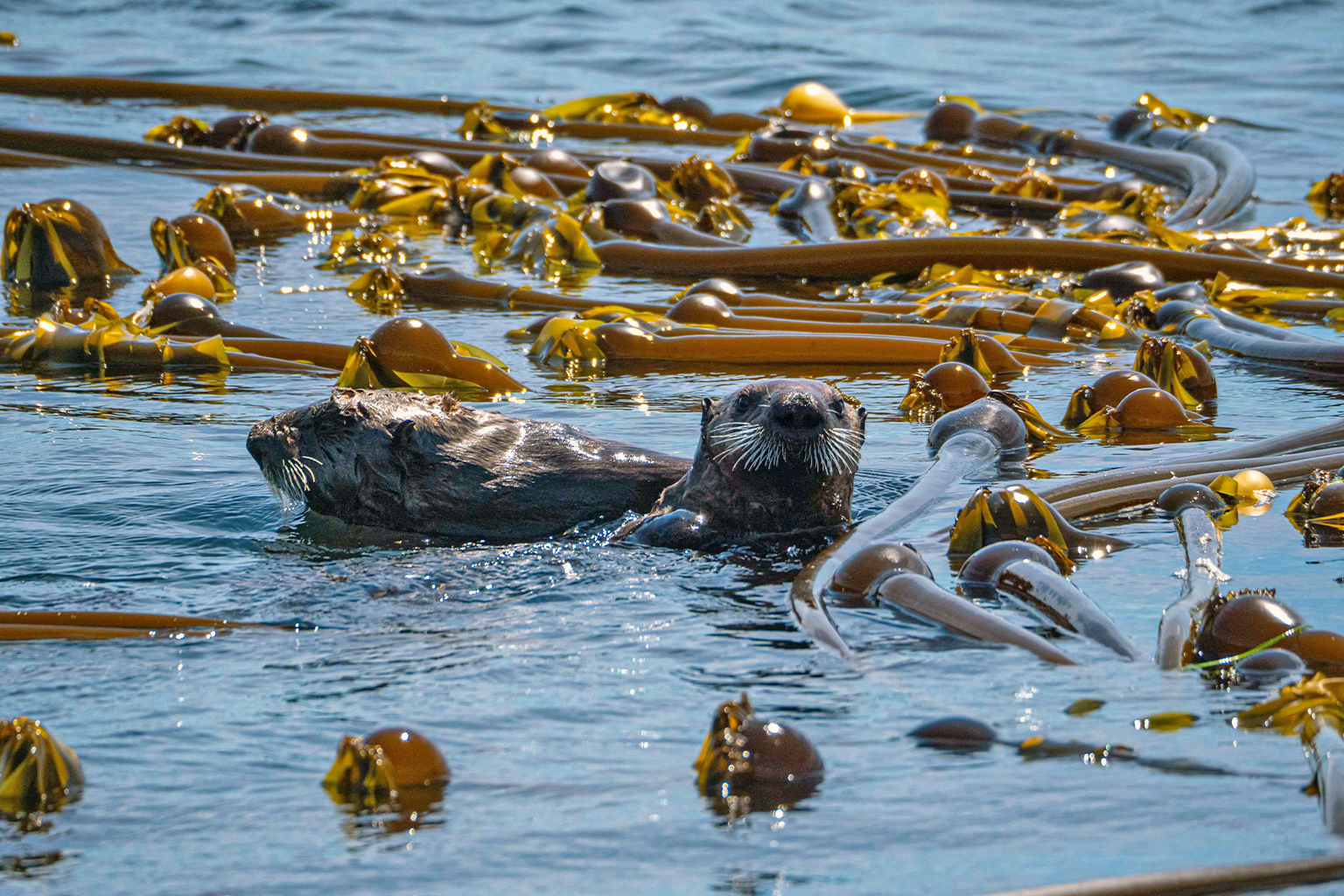
Banner image: Wolf howling. The return of wolves to Yellowstone National Park in the U.S. dramatically altered portions of the landscape there as foraging elk herds were reduced, allowing new carbon-storing trees to take root. Image by colfelly via Pixabay (Public domain).
Citations:
Malhi, Y., Lander, T., Le Roux, E., Stevens, N., Macias-Fauria, M., Wedding, L., … Canney, S. (2022). The role of large wild animals in climate change mitigation and adaptation. Current Biology, 32(4), R181-R196. doi:10.1016/j.cub.2022.01.041
Wilmers, C. C., & Schmitz, O. J. (2016). Effects of gray wolf‐induced trophic cascades on ecosystem carbon cycling. Ecosphere, 7(10). doi:10.1002/ecs2.1501
Schmitz, O. J., Buchkowski, R. W., Smith, J. R., Telthorst, M., & Rosenblatt, A. E. (2017). Predator community composition is linked to soil carbon retention across a human land use gradient. Ecology, 98(5), 1256-1265. doi:10.1002/ecy.1794
Morris, T., & Letnic, M. (2017). Removal of an apex predator initiates a trophic cascade that extends from herbivores to vegetation and the soil nutrient pool. Proceedings of the Royal Society B: Biological Sciences, 284(1854), 20170111. doi:10.1098/rspb.2017.0111
Wilmers, C. C., Estes, J. A., Edwards, M., Laidre, K. L., & Konar, B. (2012). Do trophic cascades affect the storage and flux of atmospheric carbon? An analysis of sea otters and kelp forests. Frontiers in Ecology and the Environment, 10(8), 409-415. doi:10.1890/110176
Saba, G. K., Burd, A. B., Dunne, J. P., Hernández‐León, S., Martin, A. H., Rose, K. A., … Wilson, S. E. (2021). Toward a better understanding of fish‐based contribution to ocean carbon flux. Limnology and Oceanography, 66(5), 1639-1664. doi:10.1002/lno.11709













